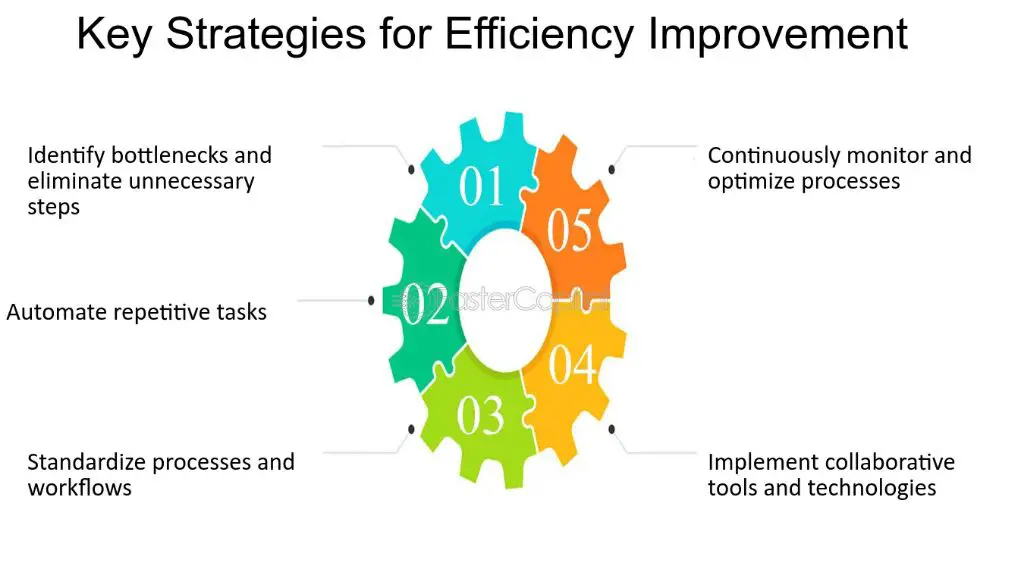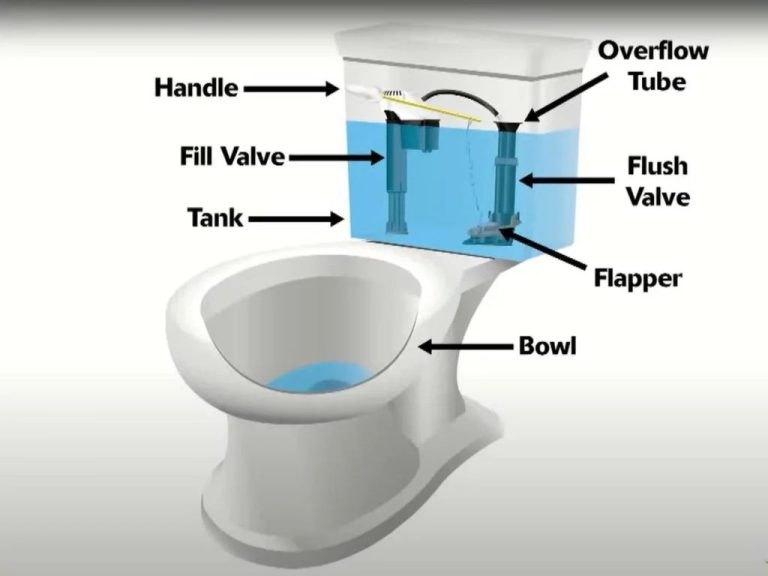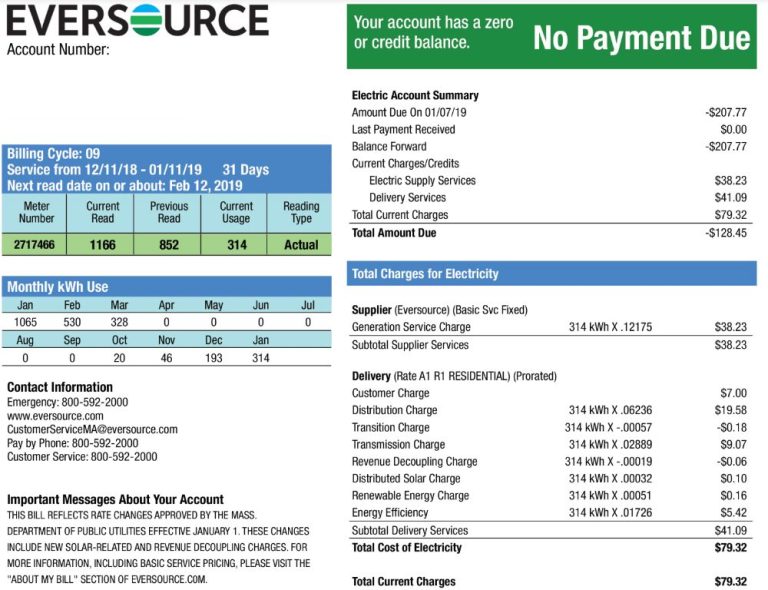What Is Energy Conversion Power?
What is Energy Conversion?
Energy conversion is the process of changing energy from one form to another. For example, a wind turbine converts the kinetic energy of wind into mechanical energy to spin a rotor. That mechanical energy is then converted into electrical energy by an electrical generator. Some common examples of energy conversion include:
- Chemical energy in fuel converted to heat energy in combustion.
- Light energy from the sun converted to chemical energy in photosynthesis.
- Mechanical energy converted to electrical energy in power plants.
- Heat energy converted to mechanical energy in steam engines.
Energy conversion takes place because energy is conserved according to the laws of thermodynamics. Energy can change form, but it cannot be created or destroyed. By utilizing different processes and devices, we are able to convert energy from less useful forms into more useful forms that power our modern society.
Laws of Thermodynamics
The laws of thermodynamics place fundamental constraints on what types of energy conversions are possible. The first law of thermodynamics states that energy can neither be created nor destroyed in an isolated system, it can only be transformed from one form to another. This means when converting energy from one form to another, the total energy remains constant. The second law of thermodynamics states that heat energy will always flow spontaneously from a hotter to a colder body. This law describes the limitations on efficiency of energy conversion devices.
These two laws fundamentally limit what can be done in energy conversion processes. The first law requires that energy must be conserved, while the second law introduces unavoidable inefficiencies and waste heat generation in real energy conversion devices. Engineers must design systems that transform energy as efficiently as possible within these thermodynamic limits.
Common Types of Energy Conversion
There are several common ways that energy gets converted from one form to another. Some of the most notable examples include:
Mechanical to Electrical
Mechanical energy can be converted into electrical energy through generators and alternators. For example, wind turbines and hydroelectric dams use rotating turbines that spin electromagnets within wire coils to induce a voltage – this generates electricity.
Chemical to Thermal
Chemical energy stored in the molecular bonds of fuels like natural gas, gasoline, and coal can be released as heat through combustion reactions with oxygen. This thermal energy produced from burning fuel can be used to heat homes or generate steam to spin turbines.
Nuclear to Thermal
Nuclear energy locked within atomic nuclei can be converted into useful thermal energy through nuclear fission reactions. In nuclear power plants, the heat released from splitting uranium atoms boils water to create steam that drives turbines connected to electrical generators.
Solar to Electrical
Solar cells and photovoltaic panels can directly convert sunlight into electricity through the photovoltaic effect. Photons with enough energy dislodge electrons in the solar cell’s semiconductor material, causing voltage and electrical current.
Energy Conversion Efficiency

In energy conversion systems, efficiency refers to the ratio between the useful energy output versus the total energy input into the system. It provides a quantitative measure of how well an energy conversion device converts various forms of energy into useful work.
Efficiency can be calculated in different ways depending on the type of energy conversion system. For mechanical systems, efficiency is often calculated as the ratio of mechanical work output divided by the total energy input. For electrical systems, it is the electrical power output divided by the input.
Improving energy conversion efficiency is essential for building sustainable energy systems and reducing wasted energy. There are several ways to increase efficiency:
- Using devices and technologies that are designed for maximal efficiency, like high-efficiency motors and generators.
- Recovering waste heat and repurposing it via heat exchangers.
- Minimizing energy losses due to friction, resistance, and other non-ideal effects.
- Matching the energy source appropriately to the application and usage patterns.
- Optimizing system components to work synergistically at optimal efficiency.
With thoughtful systems design and utilizing the most efficient equipment, significant gains in energy conversion efficiency are possible. This leads to getting more useful energy output from the same energy input.
Examples of Energy Conversion Devices
Some common devices that convert energy from one form to another include:
Steam Turbine
Steam turbines convert the thermal energy of pressurized steam into mechanical rotational energy. The high-pressure steam applies force to the blades of the turbine, causing them to turn. This rotational motion can then be used to drive a generator and produce electricity.
Fuel Cell
Fuel cells convert the chemical energy stored in hydrogen (or other fuels) directly into electrical energy. Hydrogen fuel and oxygen are combined electrochemically within the fuel cell, generating electricity, water, and heat.
Solar Panel
Solar panels, also known as photovoltaic (PV) panels, convert sunlight into electricity. When sunlight hits the semiconductor material in a solar cell, electrons are knocked loose, generating a flow of electrical current. This electricity can be used to power devices or fed into the electrical grid.
Wind Turbine
Wind turbines convert the kinetic energy of moving air into mechanical power that can drive an electrical generator. The wind turns the blades of the turbine, which spins a shaft connected to a generator to produce electricity.
Energy Conversion in Biological Systems
Living organisms continuously convert energy from one form to another to sustain life. Here are some of the key energy conversion processes in biology:
Photosynthesis
Photosynthesis is the process used by plants, algae and some bacteria to convert sunlight into chemical energy. During photosynthesis, plants absorb sunlight and use it to drive chemical reactions that convert carbon dioxide and water into glucose (a form of sugar) and oxygen. The glucose provides energy for the plant, while oxygen is released as a byproduct.
Cellular Respiration
Cellular respiration is the process that converts the chemical energy in glucose into a form that cells can use for growth, reproduction and other functions. It involves a series of reactions that break down glucose and other food molecules, eventually producing ATP molecules which act as the energy currency of cells.
Digestion
The human digestive system converts the chemical energy locked in large, complex food molecules into simpler compounds that can be absorbed and utilized by the body. Mechanical digestion breaks food into smaller pieces while chemical digestion uses enzymes and acids to break it down into simple sugars, amino acids and fatty acids. These are then absorbed by the intestines and transported throughout the body to provide energy for cells.
So in summary, living organisms employ various strategies to convert energy from sunlight, food and other sources into usable forms to sustain biological processes.
Energy Conversion in Electric Motors
Electric motors are devices that convert electrical energy into mechanical energy. This energy conversion occurs through interactions between the motor’s magnetic field and electric current in a wire winding to generate force in the form of torque applied on the motor’s shaft.
The most common types of electric motors are AC (alternating current) motors and DC (direct current) motors. In AC motors, the electric current periodically reverses direction leading to a rotating magnetic field in the motor. This rotating magnetic field causes the motor’s rotor to spin in synchrony and produce rotational mechanical energy. Examples of AC motors include induction motors, synchronous motors, and servo motors.
In contrast, DC motors operate by applying current through a coil to generate a static magnetic field that interacts with the magnetic field of a permanent magnet. By switching the direction of the current, the motor can spin its rotor and output rotational mechanical energy. DC motors provide more precise speed and torque control compared to AC motors but require mechanical commutators and brushes for current switching.
Understanding the physics of magnetic fields and electromagnetism is key to designing efficient electric motors that maximize the conversion of input electrical energy into useful mechanical work. Advanced motor designs continue to improve this energy conversion process through novel materials, control systems, and mechanical architectures.
Energy Conversion in Power Plants
Power plants convert one form of energy into electricity that can be used to power homes, businesses, and industries. There are several types of power plants, each utilizing a different primary energy source and conversion method.
Fossil Fuel Power Plants
Fossil fuel power plants burn coal, oil, or natural gas to produce heat that boils water and creates steam. This steam then spins a turbine connected to a generator to produce electricity. Fossil fuels contain chemical energy that is converted first into thermal energy and then into mechanical energy for electricity generation. The efficiency of this conversion process ranges from 30-60% depending on the plant design and fuels used.
Nuclear Power Plants
Nuclear power plants use the thermal energy released from nuclear fission reactions to convert water into steam. Uranium atoms are bombarded with neutrons, causing them to split apart into lighter atoms and release energy in the form of heat. This heat is used to produce high-pressure steam that rotates a turbine to generate electricity. The efficiency of conversion can exceed 40%.
Renewable Energy Power Plants
Renewable power plants utilize naturally replenished energy sources such as sunlight, wind, tides, or geothermal heat for electricity generation. For example, solar thermal plants use mirrors to concentrate sunlight and produce steam to drive a turbine. Similarly, geothermal plants tap into underground reservoirs of steam or hot water to run steam turbines. Other renewable sources like wind, hydroelectric, and ocean thermal energy can directly turn turbines to produce power. Renewable energy conversion offers a sustainable alternative to fossil fuels.
Challenges and Improvements
While energy conversion allows us to harness energy to power our modern society, there are still many challenges and areas for improvement. Some key challenges around energy conversion include:
Increasing Efficiency
Improving the efficiency of energy conversion allows us to get more useful energy output from the same energy input. For example, increasing the efficiency of combustion engines, turbines, fuel cells, and photovoltaic cells would reduce wasted energy and enable us to do more with less input energy. Developing new materials, optimizing designs, and improving manufacturing processes can all help increase energy conversion efficiency.
Reducing Waste
Often a lot of energy is wasted as heat and friction during the energy conversion process. Reducing these energy losses through improved insulation, heat recovery systems, and low-friction components can capture more of the input energy. Recycling and reusing waste heat with cogeneration systems also leads to less wasted energy.
Developing New Technologies
Emerging energy conversion technologies like more efficient solar cells, new thermoelectric materials, artificial photosynthesis, and novel battery chemistries have the potential to revolutionize energy conversion. Continued research, development, and investment in such new technologies can lead to major gains in the amount of useful energy we can extract from our energy resources.
By focusing efforts on increasing efficiency, reducing waste, and developing new energy conversion technologies, we can maximize our energy resources, reduce costs, and build a more sustainable energy future.
Summary and Conclusions
In summary, we discussed the main types of energy conversion including mechanical, thermal, chemical, nuclear and electrical. We looked at examples like electric motors, power plants, and biological systems that all demonstrate energy conversion processes. A key takeaway is the importance of improving efficiency in energy conversion devices and processes. With all energy conversions, some energy is lost as heat, noise or friction. Minimizing these losses through innovative techniques can dramatically improve the performance of motors, generators, engines and more.
As the demand for energy continues rising, it will be crucial that our energy conversion methods become more efficient. With improved materials, smarter control systems, and nanotechnology, scientists are making progress on this front. However, there are still significant gains to be made. The future outlook points to exciting innovations that could one day allow near-perfect energy conversion, where almost no energy is wasted. Such developments would be a game-changer for energy production, storage, and usage across many fields.
In conclusion, energy conversion powers our modern world, but efficiency challenges remain. Ongoing research and emerging technologies will open new possibilities for maximizing useful energy output while minimizing losses. With diligent work, we can create a future where energy conversion processes are profoundly more efficient and effective.



